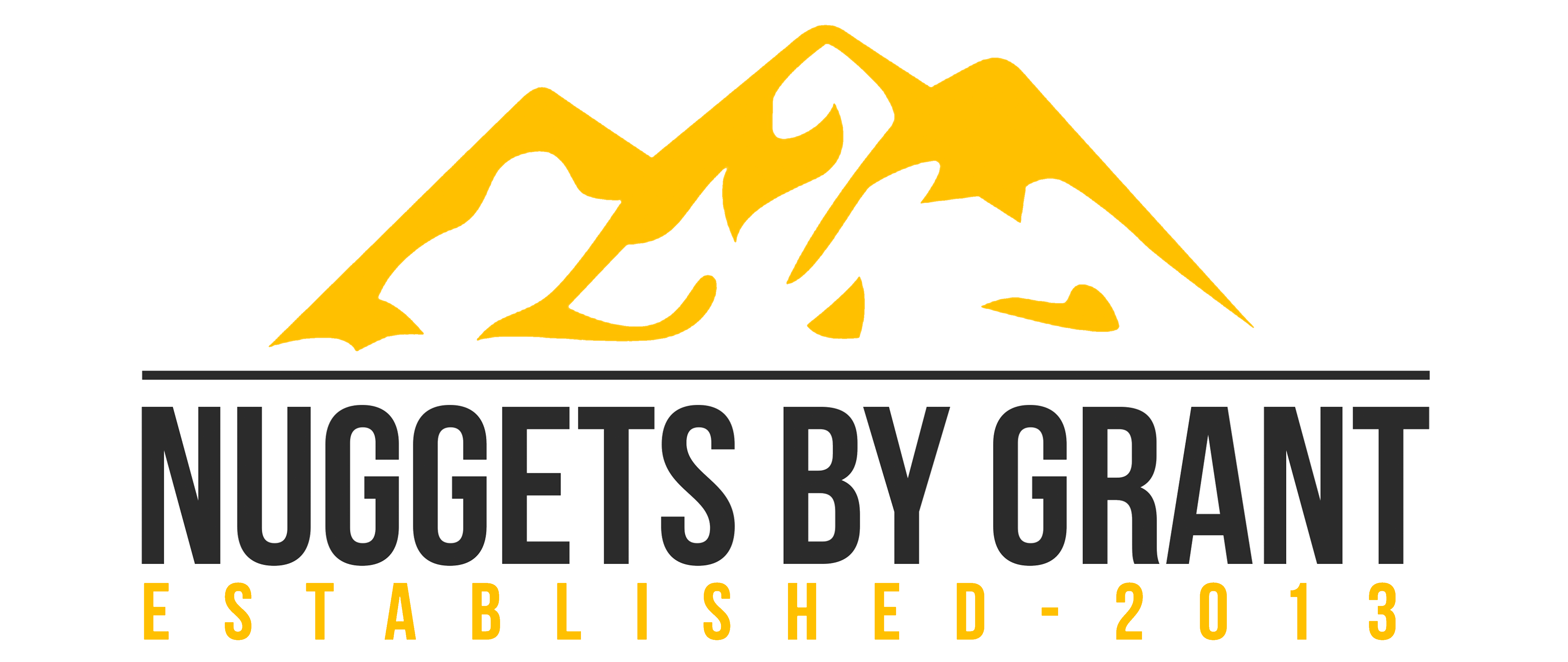Large Gold Bearing Quartz Specimen Original 16-1 Mine California 150.53 Grams 4.84 OZ Genuine
- In stock, ready to ship
- Inventory on the way
Large Gold Bearing Quartz Specimen "Historic Original Sixteen to One Mine" Famous Sierra Mining District in California
Total Weight = 150.53 grams - 4.84 Troy Ounces
Specs: 65m Length - Width 40mm - Thickness 30mm
Specific Gravity Weight in Gold 3.11 Troy Ounces -
Wet weight 125.20 grams
Original Sixteen to One Mine Incorporated Specimen # 1827 " Picture #10 shows the Certificate of Authenticity You will Receive with this piece from the mine"
Due to the Rarity of these Specimens as a whole the Gold Content in the piece is worth 3 - 5 x's the actual current Gold Market Prices. Many people also use this white contrasted quarts to make jewelry and this raises the price as well.
All Specs Are Included In report , view pictures to Find Report- Specific Gravity was done on the GKS-3000 Gold Tester by Alfa Mirage
Specimen comes with certificate of authenticity- Specific Gravity Testing - And you Can add a story in with an eliminated 7 page report and appraisal with a special box. This includes your specs and pictures in report.
_________________________________________________________________________
THE ORIGINAL SIXTEEN TO ONE MINE,
After a long and colorful history, the renowned Sixteen to One gold mine at Alleghany, Sierra County, was shut down in December 1965. This was only after a long but vain attempt to surmount the difficulties that have beset the domestic gold mining industry since World War II. The production of this, one of California's outstanding mines, is estimated to be at least $35 million in gold valued at $35 an ounce. Much of this total was from small but surprisingly rich ore bodies, one of the factors that enabled the mine to operate until recently. The "Sixteen" was the last sustained commercial lode-gold mining operation in California; Alleghany was the last California community where the economy was based chiefly on gold mining. At the present time there are only a few intermittent prospecting operations in the district.
Alleghany is in the southwestern portion of Sierra County, about 40 miles northeast of Nevada City by road. It is picturesquely perched on a narrow bench on the steep canyon slope, at the Tertiary-bedrock contact. The district is located in a belt or zone of high-grade gold mineralization that extends from Goodyear's Bar south through Forest, Alleghany, Chips' Flat, Minnesota, to Snow Point and Washington in Nevada County. This zone was studied in days past by such outstanding geologists as J. B. Trask, Waldermar Lindgren, H. W. Turner, and H. G. Ferguson. The total production of the Alleghany district is estimated to be more than $50 million at actual prevailing gold prices. As in many of California's Sierra Nevada gold districts, much of the earlier production was from placer mines; but since the early 1900's, quartz mines have been the principal source of the yellow metal. In addition to the consolidated operations of the Sixteen to One, other important producers of lode gold in the district have been the Brush Creek, Docile, El Dorado, German Bar, Gold Canyon, Irelan, Kate Hardy, Kenton, North Fork, Oriental, Osceola, Plumbago, and Yellowjacket mines. The Ophir, Rainbow Extension, Ted Star, South Fork, Tightner, and Twenty One, all originally separate operations, eventually became part of the Sixteen. Significant amounts of placer gold have been produced at a number of drift mines, the largest of which were the Bald Mountain, Bald Mountain Extension, Highland & Masonic, Live Yankee, and Ruby; and from small hydraulic pits at Chips' Flat and Minnesota.
The unusual ore bodies at Alleghany are in quartz veins; they range from small enrichments or pockets containing a few hundred dollars worth of ore to bodies that produced gold valued at a million dollars or more. One enrichment at the Sixteen to One, with a pitch length of 40 feet, yielded ore worth more than $ million; another at the Oriental that had a horizontal stoping length of only 14 feet is said to have produced $734,000 worth of gold. The veins strike in a northerly direction, dip either east or west, and ordinarily are to 5 feet in thickness, although some of the quartz is as much as 50 feet thick. The gold is found in the native form, coarse, commonly associated with arsenopyrite, but with only small amounts of other sulfides. The veins are found mostly in amphibolite, but they also cut across slate, quartzite, chert, schist, and granite. Numerous serpentine and associated mariposite or "bluejay" bodies are present, and appear to have an important influence on the localization of the ore shoots.
Gold mining began in the Alleghany area in the spring of 1851, when a group of Kanakas (Hawaiian sailors) discovered coarse nuggets in what is now known as Kanaka Creek near its junction with Frenchman's Ravine. Soon thereafter, the "Great Blue Lead", a buried Tertiary auriferous gravel channel, was found just west of the present town of Alleghany. Many claims, including the Alleghany and Knickerbocker, were staked at once, and tunnels were driven. During the driving of the tunnels on the Alleghany and Knickerbocker (1853-55), a bedrock vein was encountered. However, at that time scant attention was paid it, for the objective of the miners was the rich channel placer deposits.
The miners who came to the Alleghany district were a varied lot. The town drew its name from the Alleghany drift, so christened by the company of Pennsylvania miners driving it. Many of the fist miners came from New England and other eastern states. Amongst the later arrivals were some Frenchmen and Germans; and after the 70's a number of Cornishmen or "Cousin Jacks" found their way to the district. Chinese, also rater late arrivals, reworked the placer tailings along the streams, as well as some of the old drifts.
Drift mining accounted for much of the gold produced in the Alleghany district from the 1850's through the 1880's; the production is believed to have totaled as much as $10,000,000. Many of the original gravel claims were combined into larger drift mining companies, such as the Bald Mountain and the Highland & Masonic, and these consolidations paid very well. The first quartz mining to be done in the district was probably in 1853, at the German Bar and Irelan mines; somewhat later, quartz mining was initiated near Chips' Flat, but only on a very small scale.
During the mid-1860's notice was taken of the richness of some of the veins, and lode mines that later became large producers, such as the Brush Creek, Gold Canyon, Oriental, Kenton, Plumbago, and Rainbow, were opened. In the '70's and '80's several notable high-grade ore bodies were found. One rich pocket at the North Fork yielded more than $70,000; another that contained $116,000 was encountered in the Rainbow mine. A slab of quartz containing gold worth$0,648, from this latter pocket, was exhibited in San Francisco in 1882.
By 1890 mining was relatively quiet in Alleghany, for only the Ruby and Bald Mountain Extension drifts maintained payrolls; but in 1891, a partnership that included Jack Binning, G. W. Hildebrande, and Charles Currieux was formed. These men had become acquainted with Jim McCormick, an old-time resident, who knew of the bedrock vein uncovered nearly 40 years before in the Knickerbocker tunnel. Fired by his enthusiasm, they reopened the tunnel, and located the Contract and Contract Extension lodes north and south of the remembered vein. The partners drifted north and sank a small winze, but the vein "tightened", —and the mine was dubbed the "Tightner" by the townspeople. Tom Bradbury, stimulated by the interest in the Tightner mine, in 1896 located the Sixteen to One claim on the vein outcropping in his backyard just south of the Contract claims, and started a prospect tunnel, christening it the "Sixteen-to-One" in honor of the silver-gold ratio of U.S. coinage, as proposed by William Jennings Bryan in his campaign speeches.
Henderson L. Johnson took a lease and bond on the Tightner in 1903. A native of Ohio and a former teacher, Johnson, who had mined in Colorado and New Mexico, came to Alleghany in 1890. He was associated with several mines in the district, and worked briefly as foreman at the Gaston mine near Graniteville, in Nevada County. When Johnson took charge of the Tightner, instead of continuing north on the vein, he decided to drift south toward the Alleghany tunnel, where, although no gold had been found in it there, the vein was stronger. In his first blast $20 worth of gold was recovered, and it was soon apparent that a rich strike had been made. Nearly $470,000 was eventually taken by Johnson from this ore body, and the spectacular discovery led to a revival of lode-gold mining at Alleghany that was to last for more than 60 years. "H.L.", as Johnson was called, installed Jack Binning, one of the original owners, as his superintendent.
Johnson soon sold a three-quarter interest in the mine to Senator Jones, formerly prominent in Virginia City. However, at the close of the option period Jones turned the property back to Johnson as being to "pockety" for the price asked. "H.L.", who had great faith in the mine, resumed operations. More high-grade ore was found in the winze workings off the south Knickerbocker drift; and by 1907 the Tightner was widely known for the richness of its ore. Tightner miners at that time were paid in gold coin, according to contemporary news items.
In 1908, Johnson consolidated a number of claims, including the Rainbow, Red Star, and El Dorado, but not the Sixteen to One, and applied for patent of the Contract and Contract Extension. The application was protested by the Dead River Mining Company, which owned several placer claims overlying Johnson's lodes. Endorsement by the U.S. Forest Service of Johnson's rights and bona fide operation led to the granting of patent in 1911. "H.L." became a wealthy man from the profits of the Tightner mine. He sold out to O'Brien, Foote, and associates of Grass Valley in 1911 for $550,000 and moved to Berkeley. However, his health soon failed, and he died in 1918 from tuberculosis possibly complicated by silicosis, an ironic fate for one who had pioneered in the introduction of modern drilling equipment underground.
Meanwhile, in 1907-08, tom Bradbury, with the help of his brother "Cap" (Theodore) and Yeates Lawson, drove a new lower cross-cut (now the No. 2 Tunnel) into the vein on the Sixteen to One claim, and drifted south. Then, because of a shortage of funds, they optioned the property to the partnership of Wilson and Vander Beugle. The new operators drifted north and hit a rich high-grade body that yielded about $100,000. This ore was sacked and taken to the Citizens Bank in Nevada City and then milled. Unfortunately, Wilson allegedly pocketed all the proceeds and hurriedly left the scene. The promising little mine was forced into receivership.
In 1911, J. G. Jury and W. I. Smart made an agreement with the Bradburys and Lawson to lease and option the property. Jury, Smart, and H. K. Montgomery then incorporated the Original Sixteen to One Mine, in October of that year. Smart was the first superintendent, but he soon left, and H. J. Langdon, a director, took over. The Winze started by Smart under the Wilson pocket was deepened, and new levels turned at 250 and 300 feet. About this time a new stockholder, H. U. Maxfield, was taking an active part in managing the company. Maxfield, a resident of Oakland and a native of Arkansas, was a highly successful financier. He persuaded his associates, in 1915, to appoint a more experienced mine operator, Mark Sullivan, as superintendent. By then, however, Langdon's development work had paid off well, and the mine was already I production.
Next door, the Tightner Mines Company, under the direction of J. M. O'Brien and A. D. Foote, was continuing as a highly profitable operation. Foote, a prominent mining engineer, also was manager of the well-known North Star mine at Grass Valley. "Cap" Hall was the first superintendent, and was succeeded later by George Scarfe. In 1913-14, the Tightner Company and Sierra County jointly constructed an all-season road, named for engineer Foote, down Kanaka and Middle Yuba canyons to North Columbia. Foote's Crossing is a well-known spot on this road where it spans the Middle Yuba River. Foote and O'Brien operated the Tightner until 1918, producing a total of some $3,000,000, which $500,000 was paid out in dividends. The ore was treated in a 20-stamp mill.
During these years, both the Tightner and the Sixteen had difficulty in mining the 20o to 30o dipping veins. It was necessary to establish levels very close together so that the "muck" could be handled easily in the flat stopes. Where the vein workings were a long distance above main haulage-ways, "go devils", or gravity-operated skips, were used to bring the muck down to the ore cars in the drift. The main level (later connected to the 250 level of the Sixteen) was the Tightner tunnel, started by Johnson and completed by his successors. The mill was located at the portal of this adit, and mules hauled the cars out to the mill or waste dump. Mae West, the last mule to work on the Tightner level, roamed the streets of Alleghany in retirement, dying at a ripe old age only a few years ago.
The Sixteen became involved in litigation with the adjoining Twenty One mine in 1919. Although the latter had been worked first in the early days of the camp, it was never known as a gold producer. About 1914, it was reopened by a cannery operator named Hunt, who found high-grade ore in a new vein in the hanging wall of the Twenty One vein. Shortly after, the Sixteen to One winze broke into Twenty One workings, showing all too clearly that they had both been mining on the same vein. Suit was brought against the Twenty One in Federal court in San Francisco, the result of which was a judgment against the Twenty One for $93,000. In payment of this judgment, the mine was sold to the Sixteen to One for $60,000. In this trial Andrew C. Lawson, eminent professor of geology at the University of California, was an expert witness for the Sixteen to One.
The Tightner was reopened in 1919 by the Alleghany Mining Company, a concern put together by mining engineer Fred Searls. A substantial mine organization was built up with A. F. Duggleby, as superintendent and W. H. Goldsworthy as engineer. Some $600,000 in gold was produced over the next four years. By this time it was apparent that the Tightner and the Sixteen veins were one and the same. An agreement was reached between the two companies as to where the property line, modified from a simple extra-lateral projection because of other complications, would lie. The Sixteen drove a heading up their side of this line, aptly called the Compromise Raise. Curiously enough, and much to the satisfaction of the Maxfield group, essentially all of the high-grade ore later found in the area was south of the line on Sixteen ground. Understandably, in 1924, Alleghany's option to the Tightner was sold to the Sixteen to One, and shortly thereafter the operations were combined. Tightner Mines Company retained the Red Star ground, adjoining to the north.
Beginning about 1922, a number of extremely rich ore bodies were found in the Sixteen to One mine. One relatively small body yielded $2,000,000 another more than $1,000,000, and several produced more than $200,000. In 1924 an 80-pound lot of gold-bearing quartz produced $5,000 and in 1928 some $28,000 was mortared out of a chunk of ore weighing 160 pounds. In the mid-30's a "bunch" was discovered that contained about $750,000. The mine was extraordinarily profitable during the twenties and continued to show a very high operating profit during the thirties. For example, it was reported that dividends totaling $1,238,501 had been paid to 1924; in 1934 alone, bullion receipts were $578,000 and dividends $287,000. Two years later, $246,000 was paid to the stockholders out of a production of $514,000.
Mark Sullivan retired because of ill health in 1923, and "Cap" Bradbury succeeded him, only to die the following year. Then foreman Tom Bradbury was appointed superintendent. Bradbury hired his nephew, C. A. "Dick" Bennett, as mill foreman in 1926. Bennett, the grandson of pioneer Alleghany Argonauts, had helped Bradbury lay out the No. 2 tunnel nearly 20 years earlier, when a college student. When Bradbury retired as superintendent in 1929, Bennett succeeded to this position, and continued as superintendent until the mine was finally closed in 1965. H. U. Maxfield, who became president of the company just a few years after it was incorporated, held that post until his death at 87 in 1951. Others associated with the Sixteen over the years were: W. W. Kallenberger, mine engineer; Fred Austin, mine engineer and assistant superintendent; Hamilton Eddie, mine foreman; Willard Van Doren, mill and mine foreman; J. B. Hunley, mill foreman; Wilford Hart, mine engineer and later mine foreman; and Tom Hogan, the last mine foreman.
During the depression of the thirties, gold mining in California underwent a considerable "boom" because of low costs and the 1934 increase in the official price of gold from $20.67 to $35 an ounce. This was especially true in the Mother Lode region of the Sierra Nevada, where thousands of men found employment in the mines. The Sixteen to One operated continuously during those years, with a payroll averaging between 85 and 100 men. By 1937 reported dividends had reached $4,027,000 and at the end of the decade $4,437,000.
Operations were greatly curtailed during World War II because of the limitations of War Production Board Limitation Order No. 208. The Sixteen was run on a limited basis and permitted to mill 200 tons of ore for each six-month period. By confining operations to the richer parts of the mine, some production was maintained, and the mine kept in good working condition. The Rainbow, South Fork, and Bald Mountain mines were acquired during this period.
In 1945 normal mining operations were resumed, but on a smaller scale than before the war. By selective mining and mechanization, production was maintained, but it was not possible to continue underground development at the pre-war level. In 1954 a bad fire on the 250 level near the main Tightner shaft collar collar seriously damaged the shaft, and, though the fire was soon brought under control, operations were seriously hampered in this part of the mine thereafter. Continually rising costs, gradual exhaustion of the developed portions of the mine, and declining rate and productivity of new development work finally caused depletion of working capital, and it became necessary to close the mine. During the post-war period, the crew at the mine averaged about 45 men. The Rainbow and Sixteen to One Extensions were purchased during those years. Another acquisition was the Tightner Mines Company, which controlled the Red Star ground. This had recently been worked through the Osceola tunnel by the Yellowjacket Mining Company, Charles J. Ayers, superintendent.
With the auctioning of the beautiful collection of gold-quartz specimens in 1965, and the subsequent selling of the equipment and surplus surface buildings, little remains as evidence of more than 60 years' operation of one of the most productive and profitable gold mines that California has ever known. The final tally showed nearly $5,750,000 in dividends for the Sixteen to One company alone, a remarkable record. To this must be added the profits of H. L. Johnson, Tightner Mines Company, and Alleghany Mining Company. The closing of the Sixteen to One thus ended a major industry in California that had existed for 110 years: one that provided many thousands of jobs and tens of millions of dollars of gold annually.____________________________________________________________________
Meaning of Sixteen to One
Sixteen to one is the arbitrary ratio of the number of ounces of silver equal in value to one ounce of gold in the bi-metallic monetary system established by Portugal in 1688. The ratio had profound effects on the world's monetary arrangements for many years, and was adopted by the United States of America in 1792.
The sixteen to one system was dropped by the United States in 1873, enraging the silver producers. William Jennings Bryan advocated a return to the sixteen to one policy in his presidential campaign of 1896, claiming that the inflationary effect of flooding the market with silver ("free silver") would benefit the common man's ability to pay his debts. However, when William McKinley defeated him, the issue was considered dead thereafter and the gold standard remained firmly in place.
In February 1934, in response to the pressures of the depression, the government reduced the value of the dollar to 59.06% of its previous amount - increasing the price of gold from $20.67 to $35.00 per ounce. On March 17, 1968, the London Gold Pool was dissolved and the United States went off the gold standard, meaning that gold was no longer a valid support for paper money and the price of gold would now fluctuate with supply and demand and the whims of "the politicians". In 1975, private individuals were allowed to own gold. Gold prices peaked at $850 an ounce in 1980, followed by a low of $284 an ounce in 1985. The price remained fairly consistent at $350 to $400 an ounce for the past decade. Recent prices of gold established a new low of approximately $253.00 an ounce.
All Specs Are Included In report , view pictures to Find Report- Specific Gravity was done on the GKS-3000 Gold Tester by Alfa Mirage____________________________________________________________________









